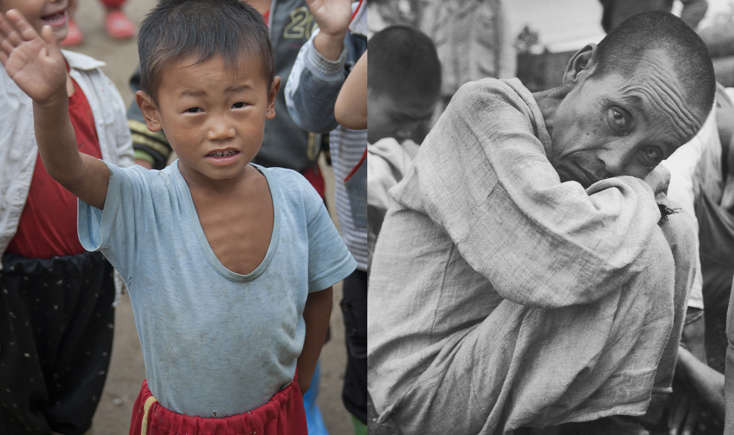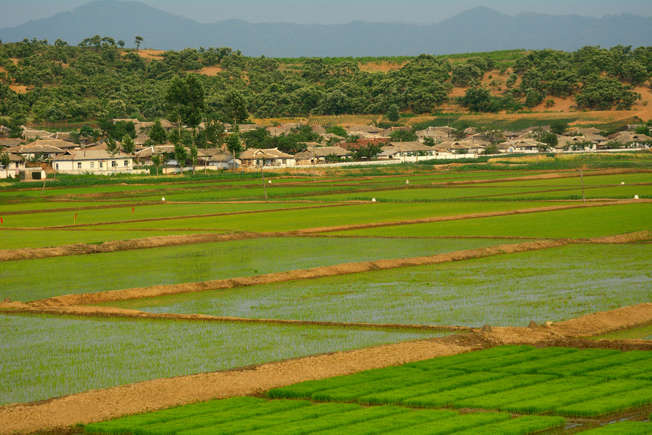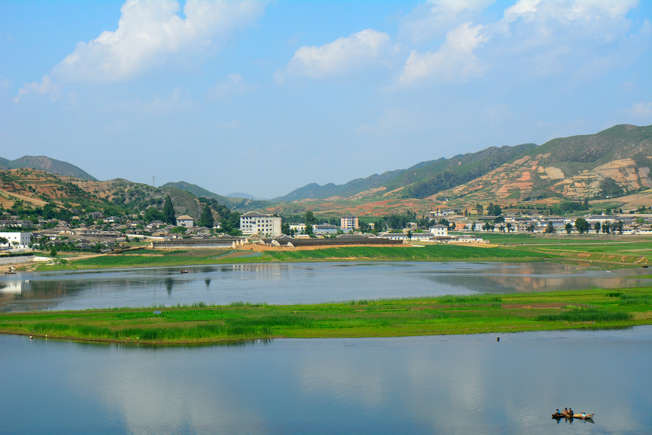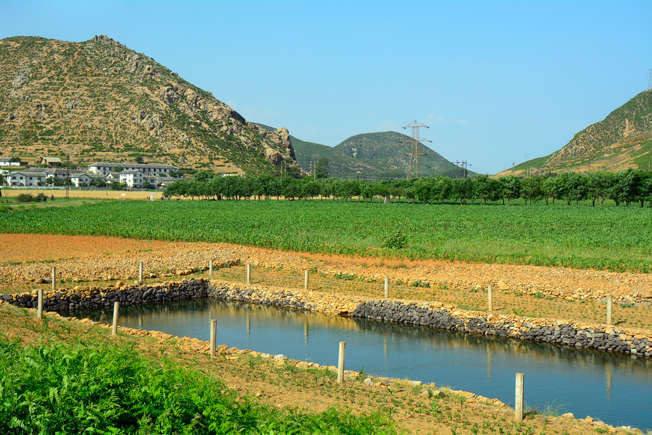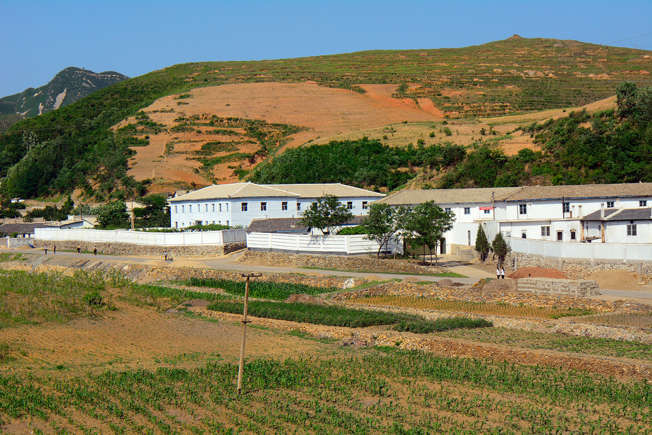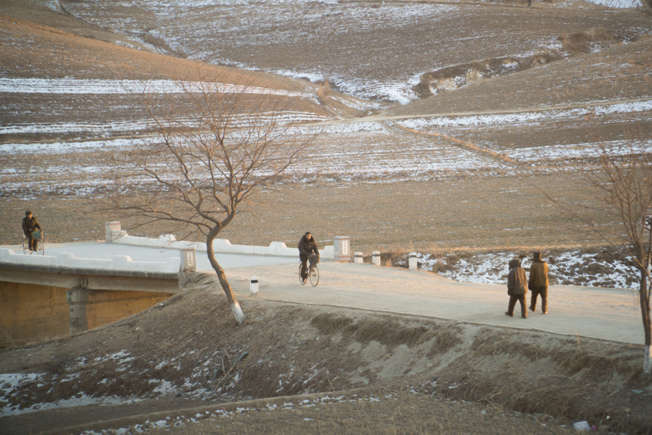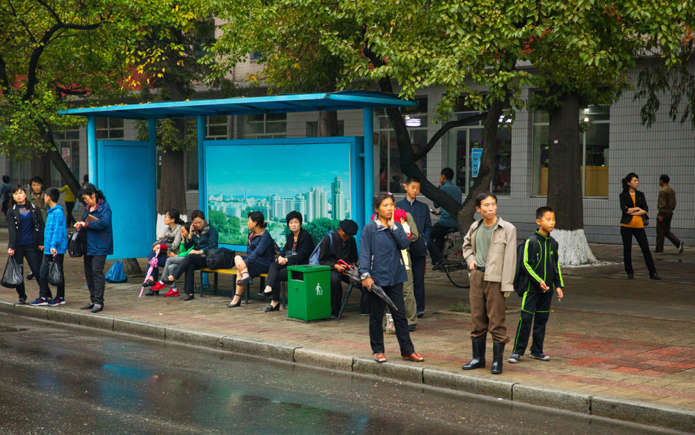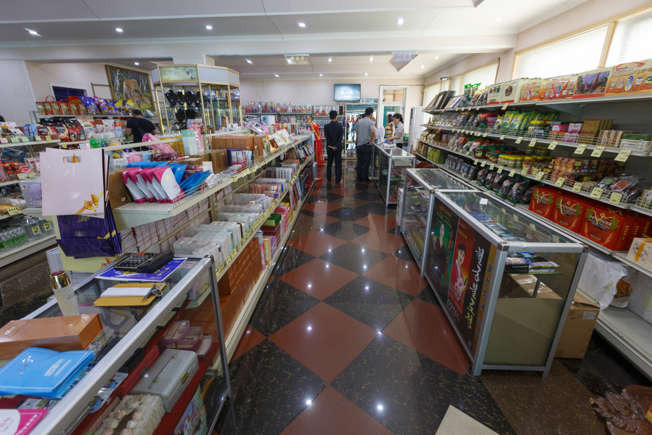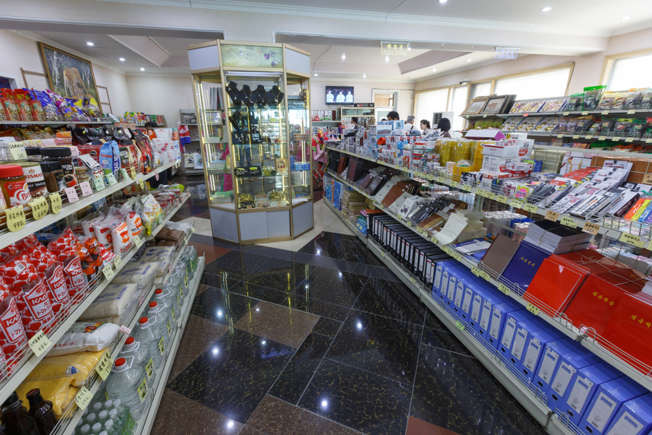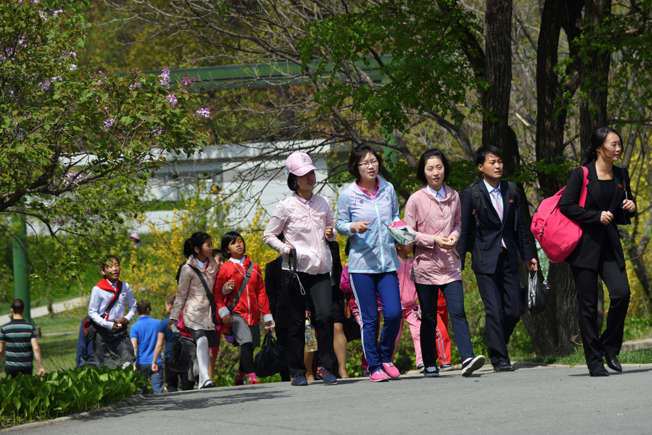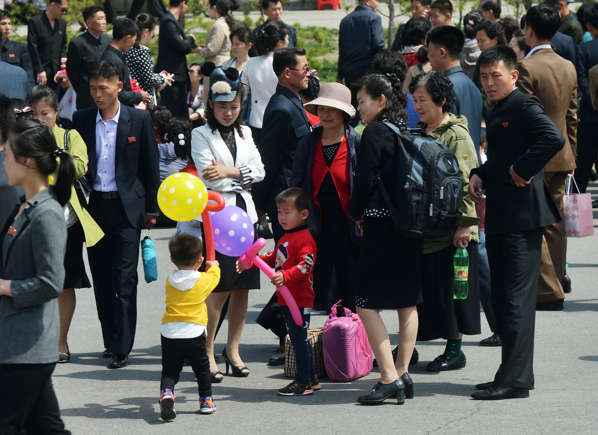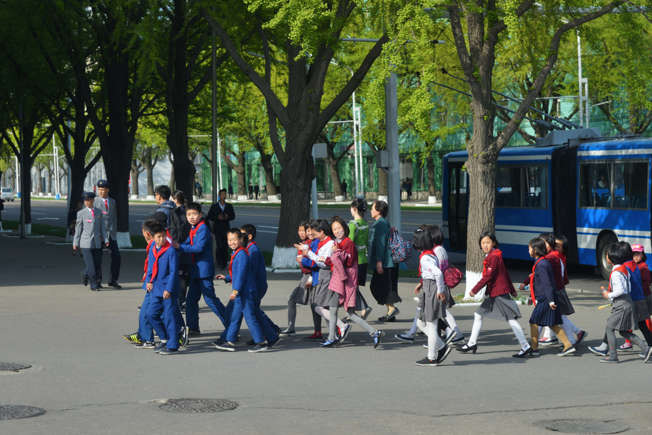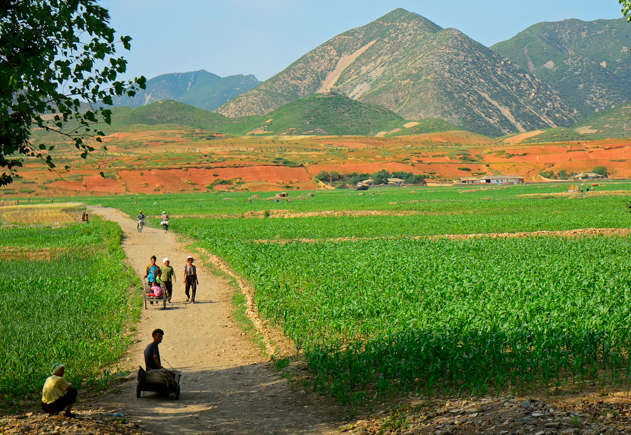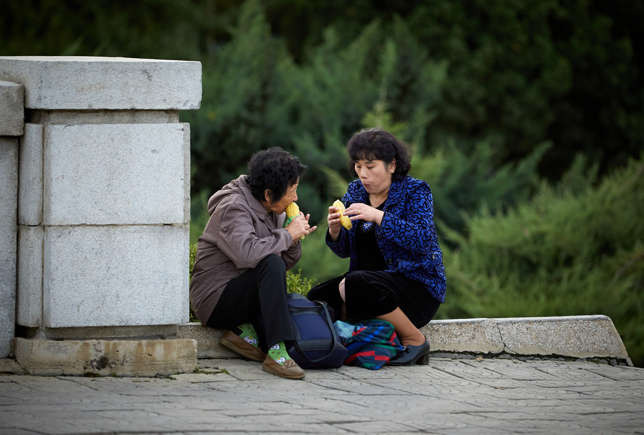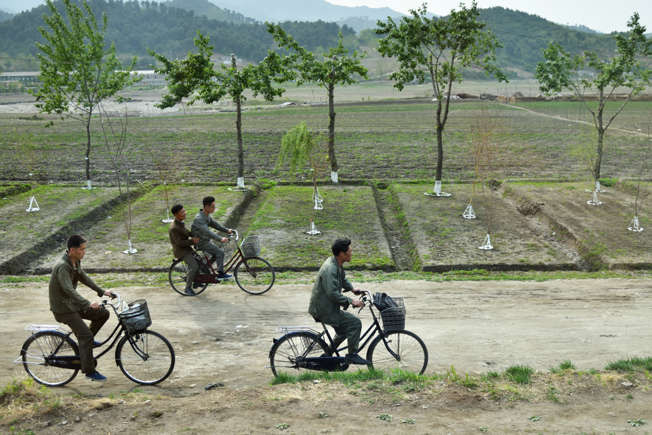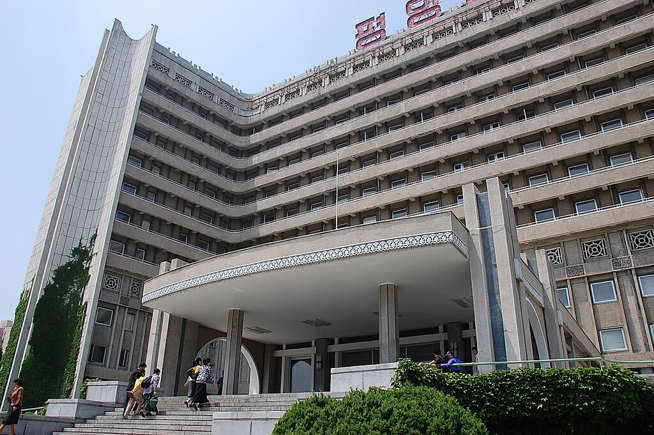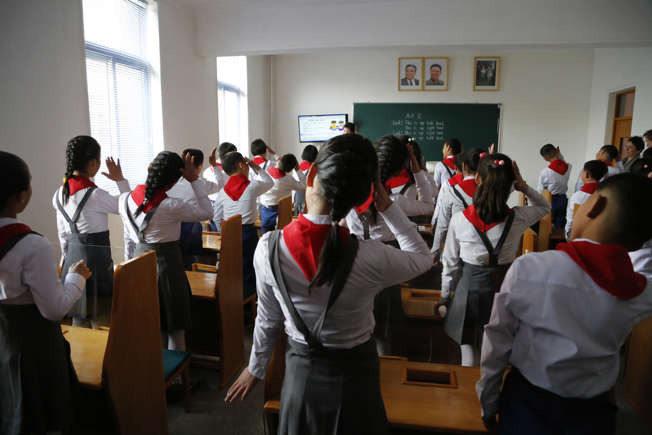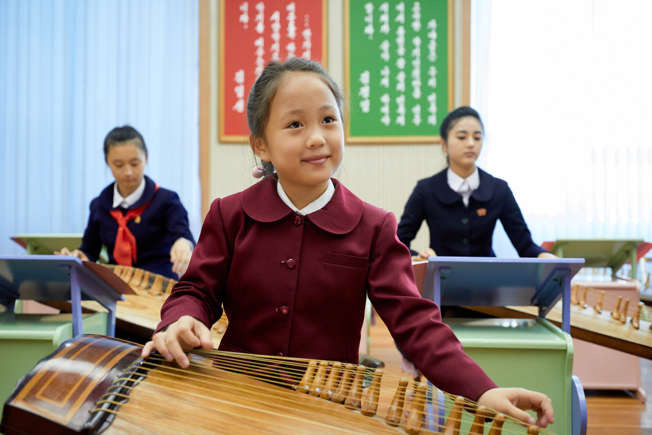2024. 11. 2. 07:21ㆍOthers...
Life Inside North Korea
Splash Travels
Story by Allison Robertson
• 22h 2024-11-02
Life Inside North Korea
North Korea is the world’s most secretive state, so it can be tough to get a clear picture of the daily lives of its 26 million citizens. The strict North Korean regime has stripped the people of their power. Nobody gets in, and nobody gets out.
From concentration camps to mass surveillance, every aspect of life in North Korea is monitored and unfavorable behavior is met with brutal punishment. Life in this authoritarian state is no picnic, and those who live there typically would prefer not to.
Here’s everything we know about life in North Korea.
What Is The Worst Concentration Camp?©Attila JANDI, Shutterstock
According to Min-Chul, a former detainee of camp No. 15: “Serious offenders are sent to camp No. 25, a place you cannot exit alive".
Some say it is a camp for political offenders only, others for felons, religious leaders, and members of factions. One man was apparently taken there after distributing bibles that he got from China—a religious crime that greatly contradicts the leader’s beliefs.
What Are The Concentration Camps Like?©Attila JANDI, Shutterstock
The various camps are said to have conditions that are comparable to historical concentration camps. Not only do prisoners live in filth, they are starved, beaten, tortured, and subjected to inhumane acts, depending on the severity of their disloyalty.
And, in alignment with history, many camp detainees don’t make it out alive.
The Reality Of The Camps©Attila JANDI, Shutterstock
Sadly, a lot of North Koreans perish while they’re imprisoned. The general mortality rate is exceptionally high in North Korea, and this is because prisoners often die of starvation, illnesses, work accidents, or torture.
The government also publicly and secretly executes people (including children)—especially when they suspect an attempted escape. In that case, they may publicly execute several inmates in the area as a warning to the others.
Infanticide is another horrific consequence for babies born within some of the camps. As awful as this is, some people still make it out.
Does Anyone Get Out Of The Camps?©Attila JANDI, Shutterstock
For less severe crimes (stealing food, illegal trading), some people are able to re-enter society after the government believes they’ve served their time. These people are usually in the “reeducation camps” where, after performing slave labor, they are forced to study the ideologies and memorize speeches from past leaders.
But there’s one more type of camp that we mustn’t forget.
The Resort Camps©Attila JANDI, Shutterstock
The “resort” camp is where they keep senior members of the regime who have for some reason withdrawn their support, and members of the Kim family who are deemed as a threat to the dictators’ rule.
Here, they still have to do labor jobs, but they are given adequate amounts of food and rest. However, they are never allowed to leave.
Aside from talking badly about their government, North Korean citizens have several other rules to follow.
What Is Not Allowed In North Korea?©Eva de Reus, Shutterstock
The government does not allow freedom of thought, opinion, expression—or information. This means that all media is strictly controlled. Accessing phones, computers, televisions, radios, or media content that is not sanctioned by the government is illegal and considered “anti-socialist behavior” to be severely punished.
While many citizens do have cell phones these days, the content on their devices is heavily controlled—and everything they do is visible to the government.
Mass Surveillance©Truba7113, Shutterstock
In North Korea, wiretapping is serious. All cell phones, computers, or devices that have abilities to communicate or share information are tapped. Not only that, microphones are being used in outdoor spaces to pick up conversations and cameras line the street corners.
It doesn’t stop there: The interiors of public buildings are also bugged—including elevators, hallways, and even bathrooms.
Seemingly, every aspect of a person's existence in North Korea is monitored.
Unlawful Products©Alexander Khitrov, Shutterstock
In North Korea, some products and lifestyles are actually illegal. This ranges from haircut styles to certain product brands (like Coca-Cola and Apple). Owning a bible is also not allowed.
But there is one particular illicit product that may surprise Westerners.
Unlawful Products©Alexander Khitrov, Shutterstock
Sanitary pads and tampons are not available in the North Korean market. Women are expected to use old-school style reusable pads. In more recent years, feminine hygiene products have become more available—on the black market.
And that’s not all North Korean citizens use the black market for.
Birth Control In North Korea©Oleg Znamenskiy, Shutterstock
It is said that the North Korean black market is where people have to go to buy condoms. In North Korea, all sorts of birth control measures are banned, including pregnancy terminations. Using contraceptives can earn you big time behind bars—or in the dark pits of a concentration camp.
The reason for this won’t surprise you, though.
Why Is Birth Control Banned In North Korea?©Oleg Znamenskiy, Shutterstock
North Koreans are not only punished for using protection, they’re also encouraged to have as many as six children, or more. This is simply because of the country’s declining birth rate.
Experts say a fertility rate of 2.1 is considered the bare minimum rate necessary for a population to sustain itself over time—and in 2023, North Korea’s birth rate was a mere 1.8.
Restricting prevention is not the only way the government plans to build the population—they have another trick up their sleeve.
How Will North Korea Encourage People To Have More Children?©Oleg Znamenskiy, Shutterstock
Just recently, Kim Jong Un introduced a set of benefits for families with three or more children, which include preferential free housing arrangements, state subsidies, free food, medicine, and household goods and educational perks for children.
While this may sound good to us, it sounds extra tempting for North Koreans.
What Is Life Like For Average North Korean Citizens?©Attila JANDI, Shutterstock
One of North Korea’s major ongoing issues is the consistent malnutrition. Many of the country’s citizens literally starve to death. In 2021, 41% of the population were undernourished—and many of those included young children.
There are actually only two ways North Koreans can access food: the black markets, or through government-provided rations.
How Much Food Do North Koreans Get?©Truba7113, Shutterstock
In North Korea, food is not in abundance and the people do not get to choose what they eat or how much they get. Aside from control, this is also because of food shortages.
According to the World Food Program, North Koreans were given a measly 400g daily per person in 2017. But two years later, that amount was lessened to 300g after consistent crop shortages.
For reference, the UN recommends 600g daily per person in order to simply stay alive.
Why Are There Food Shortages In North Korea?©Oleg Znamenskiy, Shutterstock
To be frank, North Korea faces consistent food shortages simply because they are determined to be a nation independent from the rest of the world—even if it means their people have to starve.
Being unable to trade internationally, North Korea is unable to gain access to proper agricultural supplies and other imported goods, which then hinders their ability to produce enough food.
But that’s not all North Koreans struggle with.
Medical Care In North Korea©Stephan, CC BY-SA 3.0, Wikimedia Commons
For the general public, medical care in North Korea is extremely expensive and hard to come by. Most people head to the black market for medicines and treatments—which is risky in all sorts of ways.
It is said that public hospitals have outdated instruments and unsafe equipment. They’re also greatly affected by something else, too.
Power Outages In North Korea©Matej Hudovernik, Shutterstock
Power outages are said to be common in North Korea—even in the elite apartments in Pyongyang. Apparently, people outside the capital burn coal to keep themselves warm during the winter—which often makes them sick with respiratory illnesses.
Desperate children sleep on train tracks that warm up after a train passes. However, many horrific accidents have occurred because of this, leaving kids dismembered.
What Is School Like In North Korea?©DUNYA DEGISMEDEN, Shutterstock
Education in North Korea is universal and state-funded. Literacy rates are not reported to the outside world, so it’s tough to determine the quality of their education.
Children typically go through one year of kindergarten, five years of primary, and six years of secondary. After that, some attend college or university.
What Do Kids Learn In School In North Korea?©Truba7113, Shutterstock
In primary schools, morning classes are devoted to Communist morality, revolutionary history, Korean language and arts (with revolutionary themes), and the study of the lives of their leaders.
But learning isn’t all they do in school.
Are Children Required To Work, Too?©Saeschie Wagner, Shutterstock
In North Korea, children are also subjected to labor work. Schools will sometimes send children to complete short-term projects in fields or factories in return for a boost in funding.
Sometimes, the children are subjected to long hours in hazardous conditions—much like their parents.
'Others...' 카테고리의 다른 글
| Life Inside North Korea 4 (2) | 2024.11.02 |
|---|---|
| Life Inside North Korea 3 (0) | 2024.11.02 |
| Life Inside North Korea 1 (0) | 2024.11.02 |
| US issues final warning to North Korea (2) | 2024.11.02 |
| Neutral Switzerland signs declaration to join European Sky Shield initiative (0) | 2024.10.24 |
